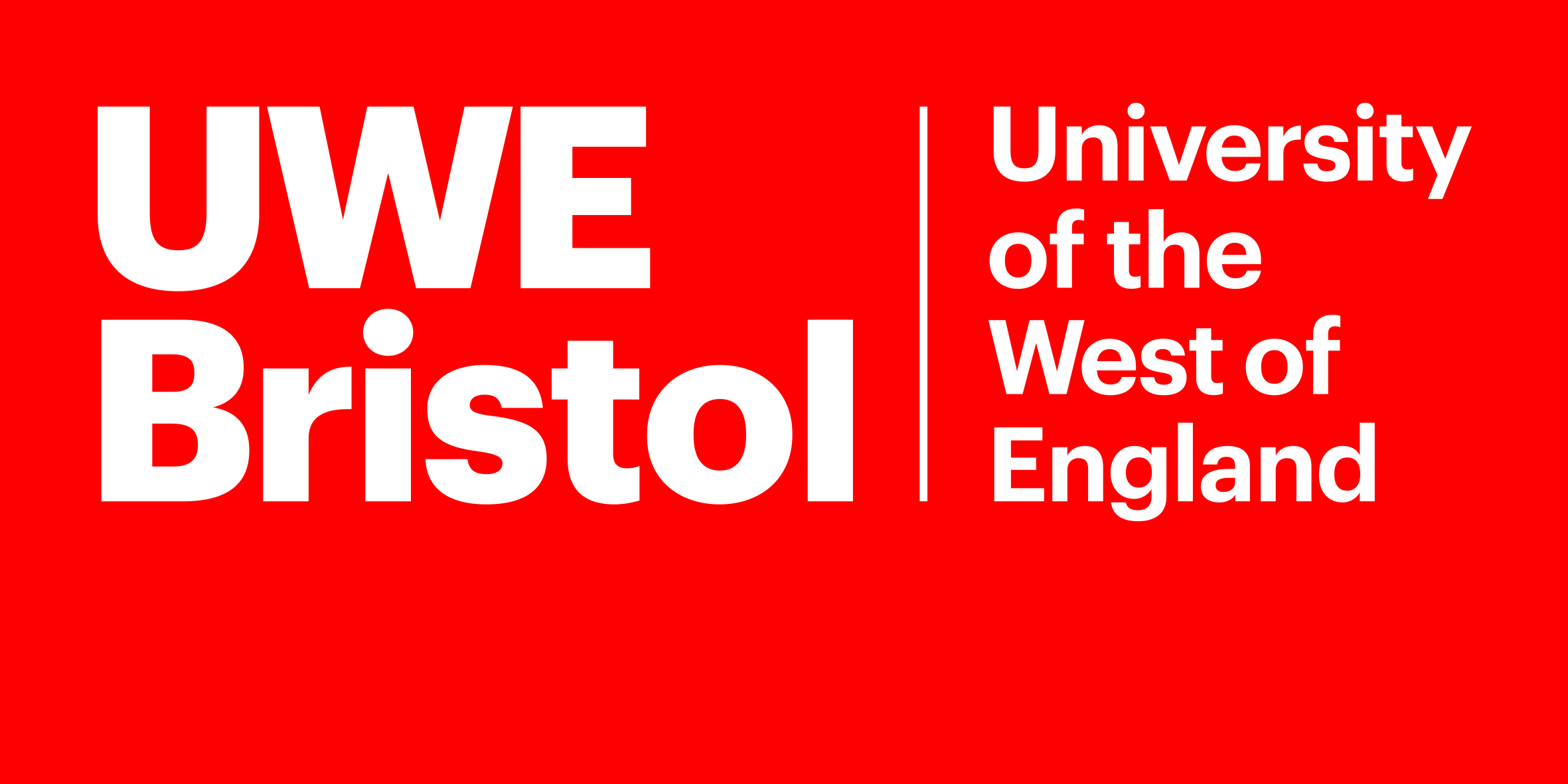J. Greenman
Use of an in vitro flat-bed biofilm model to measure biologically active anti-odour compounds
Greenman, J.; Saad, S.; Hewett, K.; Greenman, John
Authors
Saliha Saad Saliha.Saad@uwe.ac.uk
Associate Professor in Biomedical Sciences
K. Hewett
John Greenman john.greenman@uwe.ac.uk
Abstract
The objective of this study was to demonstrate the utility of a modified flat-bed perfusion biofilm matrix system for testing toothpaste formulations directly, without dilution, as a layer in direct contact with the biofilm matrix surface. Final biofilm yields and volatile sulphur compounds (VSC) biogenesis were measured to show the relative efficacy of toothpaste formulations. Diffusion characteristics of the flatbed system to exposure with Meridol® tooth and tongue gel (TTG; 1,400 ppm F- from amine fluoride/stannous fluoride, 0.5 % zinc lactate, oral malodour counteractives) was assessed using a bioluminescent target species Escherichia coli Nissle 1917/pGLITE coupled with a low-light photon camera to visualise the kill kinetics. Tongue-flora derived, mixed culture biofilms (n=4) received 5, 15 and 30 min treatment with TTG, respectively, to determine the optimum time of exposure. VSC biogenesis was measured from headspace samples by gas chromatography prior to and following treatment of two daily applications for 4 days of treatment (TTG), positive control (CHX gel) and negative controls (placebo and sham treatment). Viable counts were performed at the end of experiments by destructive sampling of the biofilms and plating onto selective and non-selective agar. Following a single treatment with TTG, the E. coli biofilm with lux target gave >50 % reduction of luminescence within 2 to 3 h before recovering to a steady state over 10 h, suggesting biofilm cidal activity rather biostasis. For mixed culture biofilms, 15- and 30-min treatment exposure with TTG gave almost identical reductions in final biofilm yields. For comparing efficacy of treatments, biofilms treated with TTG gave greatest reductions in both pre-post levels of H2S (P≤0.01) and CH3SH (P≤0.05) and population yields at the end of the experiments (P≤0.001) compared to placebo and positive control. The in vitro flat-bed perfusion model may be used to replicate many of the activities and reactions believed to be occurring by the tongue biofilm microflora within a real mouth, including VSC biogenesis and its inhibition by exposure to active agents as components of toothpastes and gels applied in direct contact with the biofilm. © Springer-Verlag Berlin Heidelberg 2013.
| Journal Article Type | Article |
|---|---|
| Publication Date | Jul 17, 2013 |
| Journal | Applied Microbiology and Biotechnology |
| Print ISSN | 0175-7598 |
| Electronic ISSN | 1432-0614 |
| Publisher | Springer (part of Springer Nature) |
| Peer Reviewed | Peer Reviewed |
| Volume | 97 |
| Issue | 17 |
| Pages | 7865-7875 |
| DOI | https://doi.org/10.1007/s00253-013-5084-6 |
| Keywords | flat-bed model, biofilm, oral malodour, anti-odour actives, in vitro efficacy |
| Public URL | https://uwe-repository.worktribe.com/output/930545 |
| Publisher URL | http://dx.doi.org/10.1007/s00253-013-5084-6 |
You might also like
Artificial photosynthesis coupled with electricity generation - microbial fuel cells as artificial plants
(2014)
Presentation / Conference Contribution
High-Performance, Totally Flexible, Tubular Microbial Fuel Cell
(2014)
Journal Article
Towards disposable microbial fuel cells: Natural rubber glove membranes
(2014)
Journal Article
Algal 'lagoon' effect for oxygenating MFC cathodes
(2014)
Journal Article
Self-sustainable electricity production from algae grown in a microbial fuel cell system
(2015)
Journal Article
Downloadable Citations
About UWE Bristol Research Repository
Administrator e-mail: repository@uwe.ac.uk
This application uses the following open-source libraries:
SheetJS Community Edition
Apache License Version 2.0 (http://www.apache.org/licenses/)
PDF.js
Apache License Version 2.0 (http://www.apache.org/licenses/)
Font Awesome
SIL OFL 1.1 (http://scripts.sil.org/OFL)
MIT License (http://opensource.org/licenses/mit-license.html)
CC BY 3.0 ( http://creativecommons.org/licenses/by/3.0/)
Powered by Worktribe © 2025
Advanced Search
